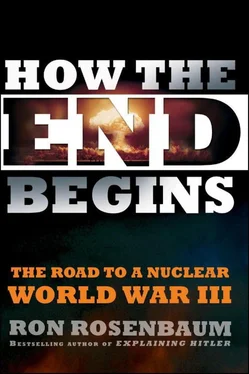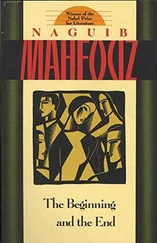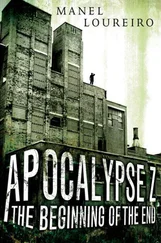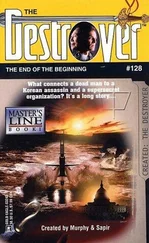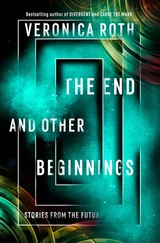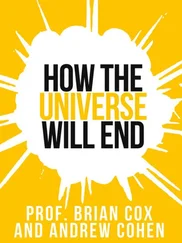For those who argue that concern about the potential for nuclear annihilation is alarmism, the declaration from these Cold War characters that there is a new nuclear era whose instabilities dramatically increase the risk of nuclear war is a fairly strong and alarming refutation of that complaint. And they did more than wring their hands over it. They laid out an eight-step program to make the new nuclear order safer:
• Change the Cold War posture of deployed nuclear weapons to increase warning time and thereby reduce the danger of an accidental or unauthorized use of a nuclear weapon.
• Continue to reduce substantially the size of nuclear forces in all states that possess them.
• Eliminate short-range nuclear weapons designed to be forward-deployed.
• Initiate a bipartisan process with the Senate to achieve ratification of the Comprehensive Test Ban Treaty, taking advantage of recent technical advances, and working to secure ratification by other key states.
• Provide the highest possible standards of security for all stocks of weapons, weapons-usable plutonium, and highly enriched uranium everywhere in the world.
• Get control of the uranium enrichment process, combined with the guarantee that uranium for nuclear power reactors could be obtained at a reasonable price, first from the Nuclear Suppliers Group and then from the International Atomic Energy Agency (IAEA) or other controlled international reserves.
• Halt the production of fissile material for weapons globally; phase out the use of highly enriched uranium in civil commerce and remove weapons-usable uranium from research facilities around the world and render the materials safe.
• Redouble our efforts to resolve regional confrontations and conflicts that give rise to new nuclear powers.
Without these actions, they argued, “the vision of a nuclear free world will not be perceived as realistic or possible.”
What they accomplished was to say to policymakers worldwide: nuclear abolition is not just for Kumbaya-singing pacifists. Nuclear abolition is for grown-ups. For conservatives as well as liberals, even for foreign policy realists. Their manifesto gave cover to nuclear abolitionists who took up the cause again, and to President Obama, who made it his goal two years later.
Of course there were doubters: Kissinger must be up to something, he’s trying to burnish a tarnished image with a final legacy of peacemaking; he knows it will never happen anyway and even if it did, nuclear abolition would just allow the U.S. to rule the globe with its superior conventional weaponry.
These doubts could not be imputed to another one of the signatories, former senator Sam Nunn. I had a brief exchange with him in July 2010 [297]at a screening of a documentary, Nuclear Tipping Point , [298]which centered around the conversion to Zero of Nunn and his cohorts Shultz, Kissinger, and Perry. The film was prefaced with a declaration for Zero by another convert to abolition, Colin Powell.
Nunn will be recognized by history—should there be a post-nuclear history—as one of the prime movers of the abolition movement. An unlikely one too. He’d been a protégé of Richard Russell, the late long-serving senator from Georgia and hawkish avatar of that state’s prominent role in promoting military spending and armaments ramp-ups.
But after the Cold War ended, Nunn, an otherwise conservative Democrat, had joined with Republican senator Richard Lugar to push through legislation that addressed the profoundly serious situation in which tens of thousands of nuclear warheads in the collapsing Soviet empire were poorly guarded, unaccounted for, or otherwise easy targets for black-market crooks and terrorists. The Nunn-Lugar law provided the new Russian Federation with billions to collect and destroy tens of thousands of warheads (often reprocessing the fissile material in them to power nuclear reactors in the U.S.; 13 percent of our electrical supply, Nunn claimed, came from reprocessed Soviet-era nukes. Yes: swords into ploughshares.).
Nunn-Lugar saved us from the nightmare scenarios involving “loose nukes” and that staple of low-grade thrillers and international con men, the mythical “suitcase nuke” (much talked about, never reliably reported to have been glimpsed). After he left the Senate, Nunn teamed up with Ted Turner to form the Nuclear Threat Initiative to continue nuclear security work. It is now dedicated not just to securing nukes but to abolishing them all. Nunn claims two thirds of living former secretaries of state, defense, and national security advisers are on board with his abolition ambition.
But he is another one who argues, as Bruce Blair has (see chapter 5), that de-alerting nukes from hair-trigger status is even more important than radically reducing the number of warheads. Nunn used the word “hair-trigger,” the word General Chilton our nuclear commander has sought to banish.
Nunn told me it was an early encounter with an even more hairy hair-trigger situation that put him on the long path to abolitionism. I had wondered why a conservative Georgia senator had turned into a nuclear abolitionist and in the talk that followed the documentary screening he told the story.
On a congressional junket to NATO installations in the 1970s, he found himself in conversation with one of the Air Force wing commanders in charge of what were then our most forward-based hair-trigger weapons, the fighter jet squadrons in Europe that carried nuclear bombs and could reach Moscow in minutes. They would be the first, most vulnerable target of any Soviet first strike.
The commander told Nunn that when he got an order to send his jets east to deliver their nuclear payloads in what would inevitably be the beginning of a cataclysmic global nuclear war, he estimated he had forty-five to seventy-five seconds to make the decision to verify and validate the takeoff order before his jets would likely be destroyed on the ground. A hair trigger’s hair trigger. The potentiality for catastrophic, planet-destroying error in that thinnest of decision windows shocked Nunn. From that moment he began a lifelong personal investigation and legislative intervention into nuclear deployment and strategy questions. The endpoint was his advocacy of Zero: the hair-trigger problem had not been solved. Now the decision window was minutes rather than seconds, but seven, ten, fifteen minutes at most, and vulnerability to hackers spoofing an attack made those minutes even more precarious.
One of the strongest points Nunn made in his talk was a critique of the Obama administration’s failure in its Nuclear Posture Review to deal with the problem of de-alerting, the kind of steps Bruce Blair had outlined. Nunn suggested he had been given assurances that the NPR would make practical de-alerting suggestions, but that the Pentagon overrode them. He theorized that part of the problem was semantic: the phrase “de-alerting” grated on military culture; military men were trained all their careers that everything depended on maximum alertness. Nunn argued that abandoning the word “de-alerting” and speaking instead about “increasing warning and decision time” might make a difference. On such semantic distinctions the future of the planet may depend. Which of course is unacceptable to any rational being.
I sensed there was more to Nunn’s nuclear abolitionism than concerns about alert times. After his talk I asked him the question that had obsessed me for so long.
“Senator,” I said, “what’s your attitude toward the morality of nuclear retaliation: if deterrence fails, what’s the morality of carrying out our threat and killing tens of millions of innocents to punish the acts of their leaders?”
It was something he’d thought about.
“Well, I wouldn’t want the response to be automatic,” he said. “I’d want there to be time for questions to be asked.”
Читать дальше
